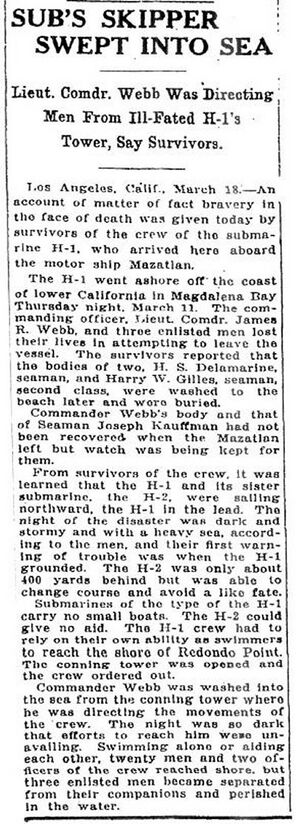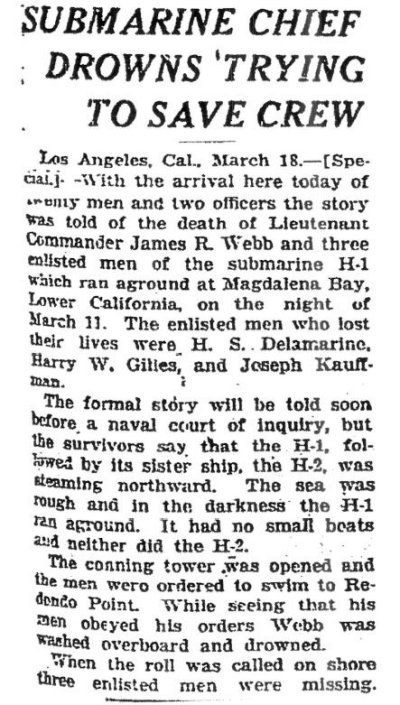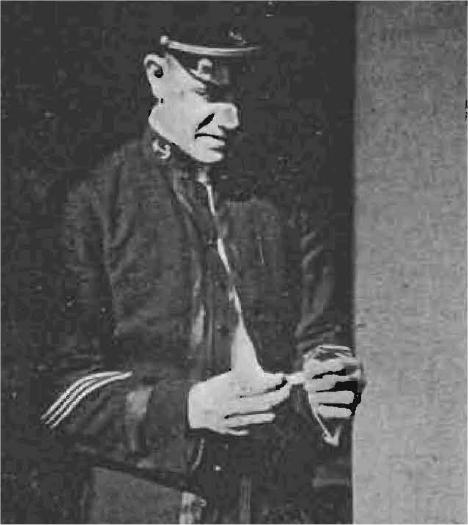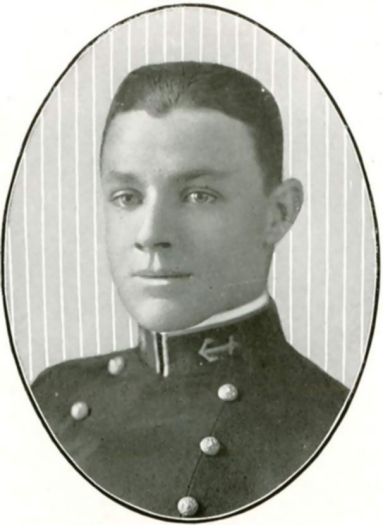H-1: Difference between revisions
Pbcjohnston (talk | contribs) Added captions |
Pbcjohnston (talk | contribs) Added captions |
||
| Line 25: | Line 25: | ||
[[File:H-1 new london subbase.jpg|left|500px]] | [[File:H-1 new london subbase.jpg|left|500px]] | ||
This photo was taken at Submarine Base New London. By exploring the sub's histories, it can be deduced that the photo was taken winter 1918/1919. Snow can be seen on the ground in the foreground of the photo. | |||
The [[N-3|'''N-3 (Submarine No. 55)''']] seen on the right arrived at New London on February 7, 1918 from Puget Sound, Washington State and remained there until June 1921. Moving left the next sub is the H-1. She arrived from San Pedro on November 8, 1917 and remained until January 6, 1920. At the next pier to the left is the [[H-2|'''H-2 (Submarine No. 29)''']]. She had identical arrival and departure dates as the H-1. | |||
A closer look at the H-1 shows that her superstructure looks to have been removed just aft of torpedo room hatch. This would have been done to allow access to systems and components for repair. In a little more than a year the H-1 will lay a wreck in the surf at Santa Margarita Island, Baja, Mexico. Four will die in the grounding. | |||
Next to her is the [[G-2|'''G-2 (Submarine No. 27)''']]. The G-2 was at New London from October 20, 1917 until she decommissioned on April 2, 1919. The last sub at the next pier, near the building, is the [[N-7|'''N-7 (Submarine No. 59)''']]. She was commissioned on June 15, 1918 and remained at the sub base until June 21, 1919. She traveled to Philadelphia for extensive overhaul. She returned to New London March 31, 1920 after the H-1 and H-2 had left for the Pacific. | |||
All these dates block the time frame from between June 1918 and April 1919. With the snow, most likely time is December 1918 to February 1919. Several small craft can be seen on the river just above the pier on the right. The New London side of the river can barely be seen. | |||
<small>Photo in the private collection of Ric Hedman.</small> | |||
[[File:Red bar sub new.jpg]] | |||
[[File:H-1 surfacing.jpg|left|500px]] | [[File:H-1 surfacing.jpg|left|500px]] | ||
H-1 surfacing at high speed. The date and location is unknown, but is likely off the U.S. east coast in 1917-1918. Forward (right) of the periscope shears is the topside steering pedestal. The wheel has been removed to prevent possible fouling with underwater objects. | |||
<small>Photo in the private collection of Ric Hedman.</small> | |||
[[File:Red bar sub new.jpg]] | |||
[[File:H-1 aground in mexico1.jpg|left|500px]] | [[File:H-1 aground in mexico1.jpg|left|500px]] | ||
[[File:H-1 aground in mexico2.jpg|left|500px]] | [[File:H-1 aground in mexico2.jpg|left|500px]] | ||
Revision as of 15:03, 4 November 2023

Photo in the private collection of Ric Hedman.
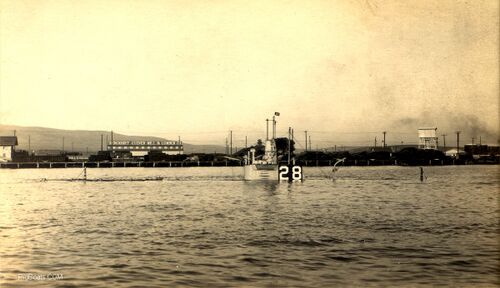
H-1 is seen here performing a stationary "static dive", bow is to the left, in the turning basin at San Pedro Harbor. The location is known due to the Kerckhoff-Cuzner Mill and Lumber Company buildings in the background. The Kerckhoff-Cuzner Company was an old established company in the greater Los Angeles area but went out of business in about 1936.
Note the helm wheel attached to the side of the periscope shears. This is a storage position. When in use it was moved to a steering hub on the pedestal with the large square head seen to the left. Chains ran below to the steering rod that ran from the control room to the rudder.
The two round "holes" are actually the deadlight windows for the conning tower. The dark rectangle below them is actually a folding deck to allow for more space for men on the bridge while surfaced. The stripes seen below that on the fairwater are actually section ribs for the conning tower. The conning tower was made up of circular sections bolted together. What you are seeing are these flanges protruding through the skin of the fairwater.
On the side of the periscope shears are seen the number 2 over 1. This means the H-1 was part of Submarine Squadron 2 and was the lead boat in that squadron. These numbers are often confused for the hull numbers. The hull number are always side by side as seen by the number 28.
Seen running up the back of #2 periscope is the piping to the ships whistle. There is an unexplained extra mast stayed to the shears and aft deck seen above the number 28.
Photo in the private collection of Ric Hedman.
Local information courtesy of Anne Hansford of the San Pedro Bay Society historical archives.

This photo was taken at Submarine Base New London. By exploring the sub's histories, it can be deduced that the photo was taken winter 1918/1919. Snow can be seen on the ground in the foreground of the photo.
The N-3 (Submarine No. 55) seen on the right arrived at New London on February 7, 1918 from Puget Sound, Washington State and remained there until June 1921. Moving left the next sub is the H-1. She arrived from San Pedro on November 8, 1917 and remained until January 6, 1920. At the next pier to the left is the H-2 (Submarine No. 29). She had identical arrival and departure dates as the H-1.
A closer look at the H-1 shows that her superstructure looks to have been removed just aft of torpedo room hatch. This would have been done to allow access to systems and components for repair. In a little more than a year the H-1 will lay a wreck in the surf at Santa Margarita Island, Baja, Mexico. Four will die in the grounding.
Next to her is the G-2 (Submarine No. 27). The G-2 was at New London from October 20, 1917 until she decommissioned on April 2, 1919. The last sub at the next pier, near the building, is the N-7 (Submarine No. 59). She was commissioned on June 15, 1918 and remained at the sub base until June 21, 1919. She traveled to Philadelphia for extensive overhaul. She returned to New London March 31, 1920 after the H-1 and H-2 had left for the Pacific.
All these dates block the time frame from between June 1918 and April 1919. With the snow, most likely time is December 1918 to February 1919. Several small craft can be seen on the river just above the pier on the right. The New London side of the river can barely be seen.
Photo in the private collection of Ric Hedman.
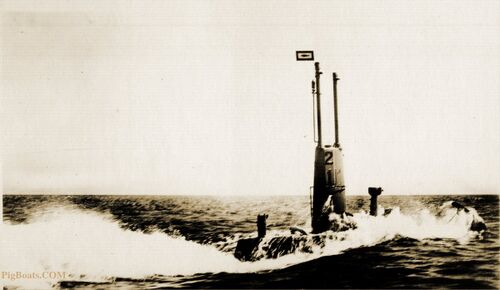
H-1 surfacing at high speed. The date and location is unknown, but is likely off the U.S. east coast in 1917-1918. Forward (right) of the periscope shears is the topside steering pedestal. The wheel has been removed to prevent possible fouling with underwater objects.
Photo in the private collection of Ric Hedman.


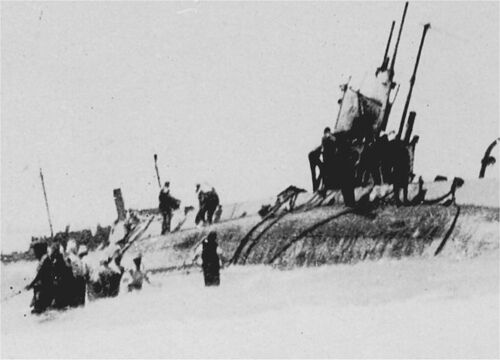
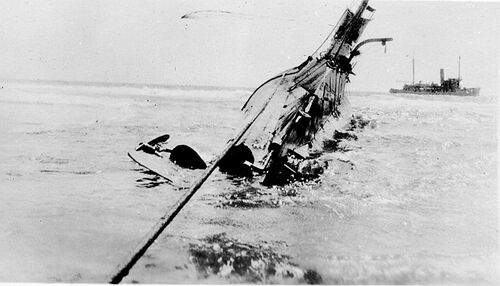
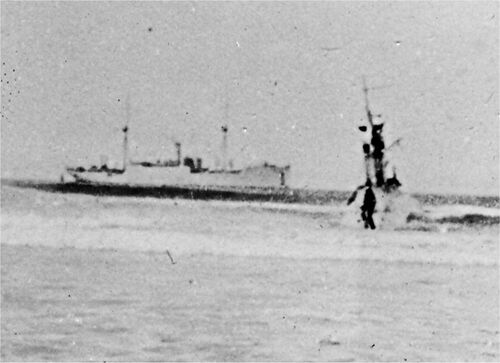
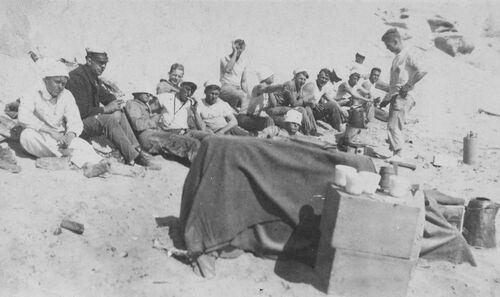
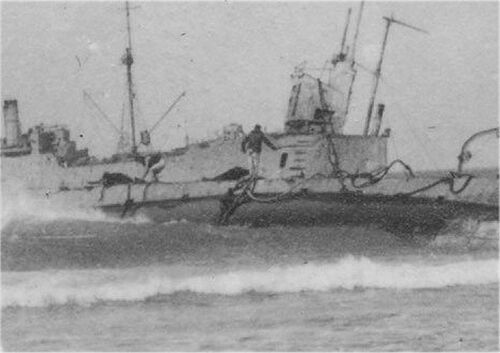


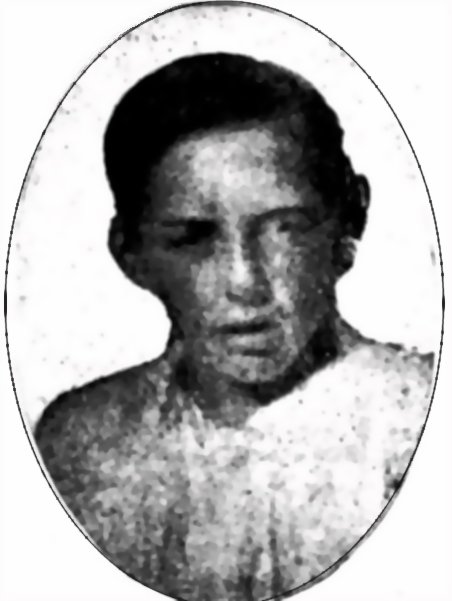
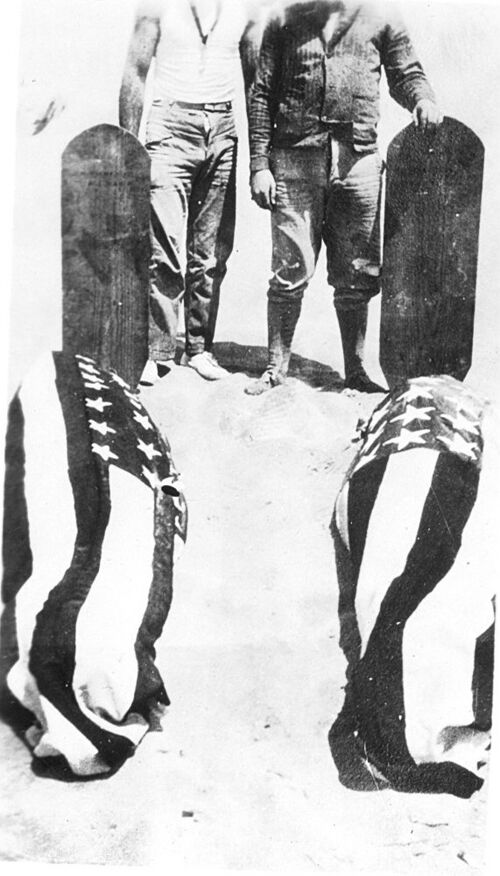
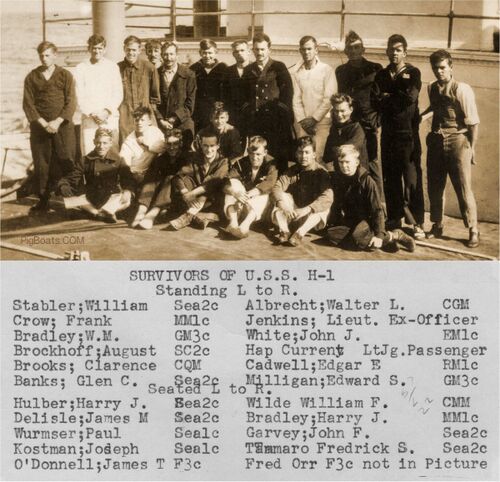








Page created by:
Ric Hedman & David Johnston
1999 - 2023 - PigBoats.COM©
Mountlake Terrace, WA, Norfolk, VA
webmaster at pigboats dot com

